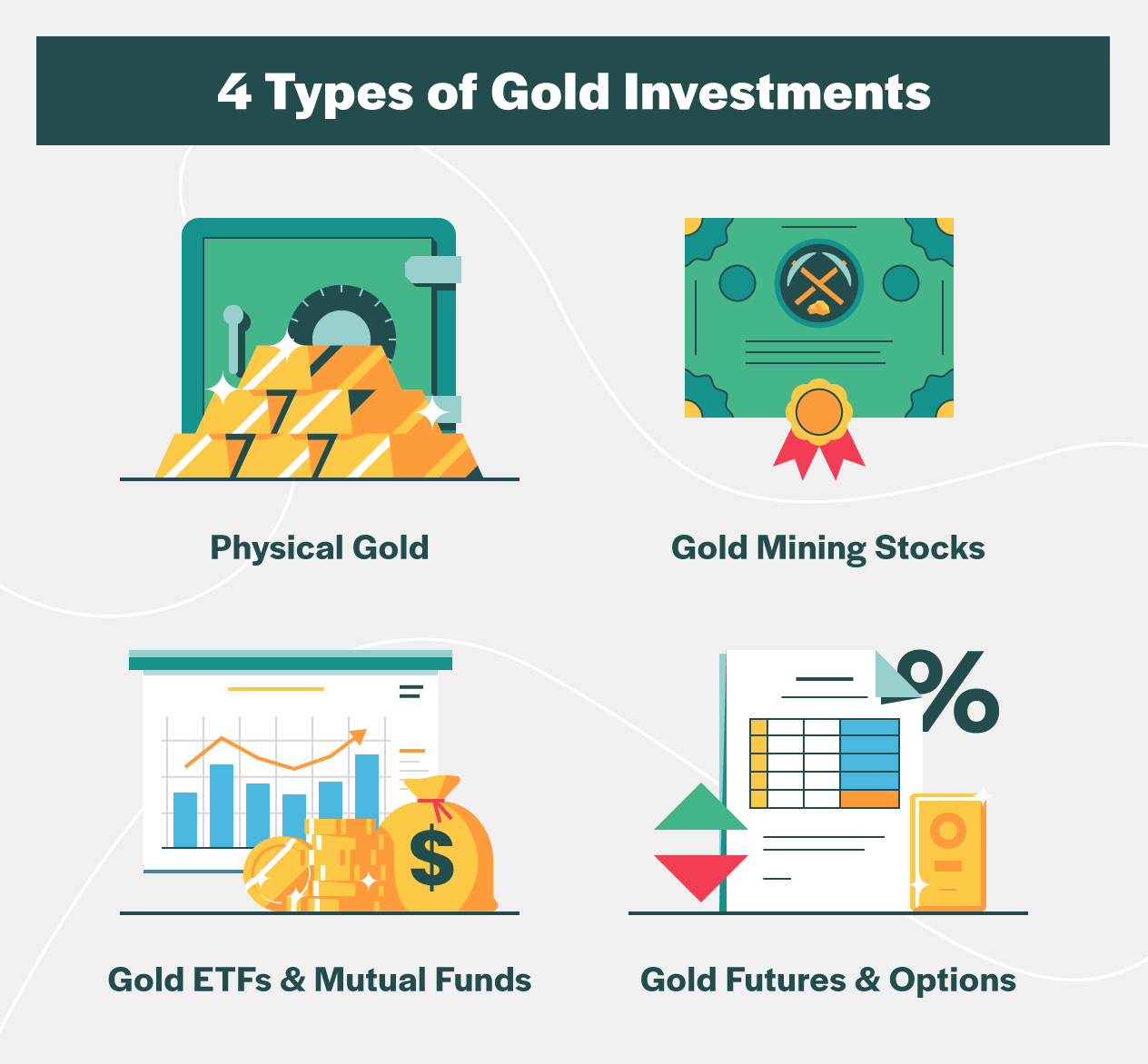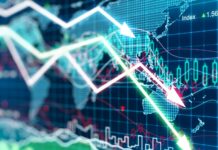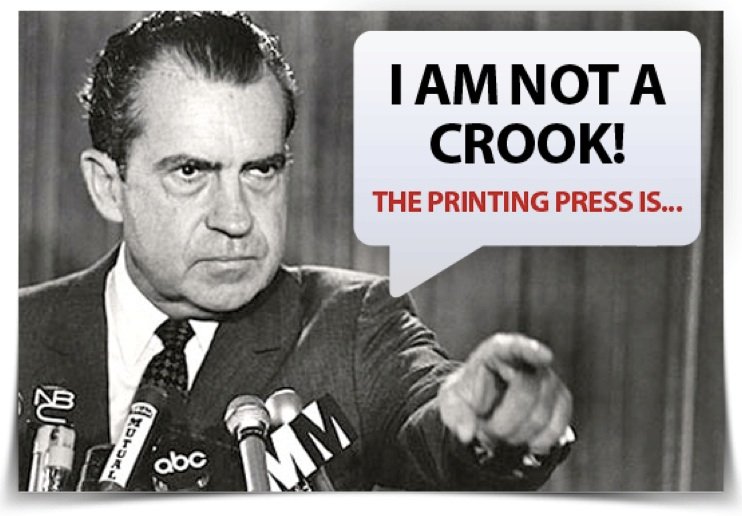Look At Who Just Warned Investors…
“Own As Much Gold As You Can”
February 13, 2022 (King World News) – Dr. Stephen Leeb:
The consensus on the Street is that the S&P 500 will squeeze out a small gain this year. On average, analysts expect the index will be a bit north of 4900 at year-end, more than 10% above current levels.
Meanwhile, bulls on gold and commodities are hard to find. S&P Global reports that on average, analysts expect gold to end the year at about $1800 – and by year-end 2025 below $1700. The World Bank lends its imprimatur to these figures. Thus, the consensus is for a gradual decline in the precious metal over the next several years as interest rates rise. Frankly – for the good of the country I hope I am missing something – I find this business-as-usual outlook chilling. What I see today is a country and society with scant resemblance to that of the 1960s and very early 1970s. The changes over the last half century have been gradual but have compounded to where we are on the brink of a colossal reshaping of our world. Denial of this reality suggests we are ill-prepared for it, which is highly unsettling.
For those investors not in denial, my strong recommendation is to own as much gold as you comfortably can. How high will gold go? I continue to expect an initial target of at least $5000. If the world can find a way of cooperating as a sea change hits us in the gut, the next target will be many times the first. And if we fail to come together, it’s even more essential to own gold, which under those circumstances would be your only path to financial survival…

Consequences
I had hoped the upheaval might be a year or more away, but recently the factors I’ve been talking and writing about have grown more pronounced. Start with the Fed. Recently, I wrote about a befuddled Fed, whose message to investors was anything but clear, capable of multiple, indeed opposing, interpretations. Since then, the most important reports – employment and inflation – have strongly reinforced the likelihood that inflation, rather than moderating, will continue to rise. The surge in employment could have been an anomaly related to seasonal adjustments, but the wage numbers, which were both at a multi-decade high and low, were in line with other numbers. The high was the nominal increase in wages – well above 5% year over year. The low was negative real wages (around -3%, derived by subtracting inflation from nominal wages). Sharply rising wages that are lagging inflation in the context of a tight labor market is a perfect recipe for a wage/price spiral.
“Wage / price spirals tend to be the foundation for a vicious, non-ephemeral inflationary cycle.”
The CPI, released the week after the employment report, was higher than expected at 7.5% and the highest in 40 years. Even more worrying was its breadth. Prices are rising throughout the U.S. economy, suggesting the sort of inflation we had in the 1970s. Speaking of which, perhaps the most worrisome number of all, from the well-respected financial services institution ING, was that a record 60% of corporations have raised prices over the past three months and 45% plan price rises in the next three months. Both numbers are the highest since 1975, when records of this variable began being kept.
For perspective, when Nixon instituted wage/price controls in the early 1970s, the inflation numbers were not nearly as bad as today. The last time inflation threatened to get out of control was in the late 1970s when Paul Volcker took over at the Fed. Volcker’s recipe was to put the brakes on money supply. And the only way to do that was to raise interest rates, meaning the Fed funds rate – today at 0% – to whatever level necessary to have the desired impact.
At its high, the Fed funds rate reached 20%, well above inflation. In today’s world, that would translate into short-term interest rates of 10%. A few months ago, when Powell first acknowledged that inflation was not transitory and that interest would rise, I pointed out that his actions were at odds with his words. Since then, the Fed not only has continued to buy bonds, which accelerates money supply growth, but also has kept interest rates at 0%. Still, given the dire current situation, Wall Street expects the Fed to start taking action with its next meeting, in March. If the situation weren’t so truly alarming, I would probably find it amusing that everyone seems to be equating Fed tapering with meaningful action against inflation. Tapering just means buying fewer bonds. In other words…
It’s like saying you’re going to control a fire by pouring less gasoline over it!
But I don’t blame Powell for this craziness. I think it was David Rosenberg, a Canadian economist who predicted the 2008 meltdown, who said he feels sorry for Powell, and I agree. Powell is in a “heads I lose, tails you win” position.
Here’s what I think Rosenberg sees. Since 1976, the Fed has regularly published the difference between 2- and 10-year government bond yields. Why this metric? Very likely because it is by far the most accurate predictor of recession. Usually when the 2-year rate rises above the 10-year rate it’s because the Fed is tightening credit, but even in 2019, when the spread turned negative because of falling long-term rates, the indicator still gets credit, though clearly the pandemic economy played the major role.
Since at least the early 1970s, the indicator has been free of both false positives and false negatives. Every signal has foreshadowed a recession, while no recession has occurred without a signal.
A year ago, the difference between 2- and 10-year yields was more than 160 basis points. Today, the difference is only 60 basis points. At this point the Fed is almost compelled to begin tightening at the next meeting. But realize that no tightening cycle has ever begun with the indicator as close to giving a recessionary signal as it is today. In other words, until now, every tightening cycle has begun with the spread well above 60 basis points. In declining as much as it has, the indicator shows its sensitivity to the recent rise in short rates, which has been due entirely to tightening expectations. When tightening actually begins, a recessionary signal seems inevitable.
Recession Could Spell Disaster
Given today’s record-high debt levels across the board – government, corporations, and households – a recession could be a true disaster. And if the goal is to conquer inflation, I think we are dreaming to imagine relatively small rate hikes would make any real impact. The kind of rate hikes it took to bring down inflation in the 1980s under Volcker would result in a catastrophic vicious circle, in which a decline in spending fuels the downtrend and a deepening downtrend further reduces spending. Relieving that cycle would likely take even more spending and monetary stimulus than it took to relieve the two-month recession of 2020.
In my last interview, I mentioned two nearly intractable factors driving inflation – a lack of education creating a dearth of skilled workers and the fracking fiasco – as fundamental reason oil prices will continue to rise. The wage/price spiral that appears to be accelerating is in part a consequence of the shortage of skilled labor. As for oil, two weeks after my last interview there is something to add to how the explosive surge in fracking limited current oil supplies. Just this week the IEA released its latest monthly report, which states that since 2007 the world has used nearly 3 billion more barrels than the IEA had originally thought. Worse, this increase in demand is not some sort of statistical adjustment, but rather a realization that two countries – surprisingly Saudi Arabia and not surprisingly China – are the major culprits. The reason is that petrochemical growth has been much greater than previously thought in these countries. Petrochemicals were already expected to be the fastest-growing part of the oil complex. The revisions suggest that growth will be even faster than thought.
Petrochemicals will not be impacted much by electrification. This industrial use of oil will likely require ramping up hydrogen and possibly nuclear energy. And whether you are talking about hydrogen or electricity – the two green energy carriers – you are also talking about a rising need for oil. I have mentioned before and can’t emphasize enough that the only way to build a sustainable world is to use those energy resources that are nonrenewable to their fullest. The IEA discovery reinforces this view and brings home the fact that transitory is not a word that can be applied to rising inflation. But it is a word that applies to any drop in inflation, a drop that would likely come by risking a Depression that could make the 1930s seem like a golden age.
As I was researching for this interview, I came across a piece of data from WindIndustry, the wind industry’s trade organization, that stunned me. It noted a 1-megawatt wind turbine currently costs $1.3 million. Why did that surprise me so much? Because it meant the sharp declines over the past decade in the cost of wind energy had been almost entirely erased. According to Statista, 1-megawatt wind turbines had dropped in price from $1.6 million in 2008 to $700,000 in 2019 – making the current $1.3 million figure both startling and depressing. And yes, you can say similar things about solar panels.
Creating a sustainable world means coming to grips with the most fundamental problem our world faces, which even more than carbon emissions and climate change is fundamental scarcities of resources. To have a fighting chance of dealing with the greatest problem humankind has faced we first have to recognize the gravity of the situation and then realize that the only way out will be through global cooperation.
Here is an idea. The Chinese have recently accepted a U.N. request to tour the infamous Xinjiang region. The U.N. is hopefully making plans for the tour. Once it’s done, they should report on what I expect will be much less abuse of Muslim Uyghurs than the West claims. China’s greater control of the Afghan border, which was a gateway for radical Muslims to enter China, is maybe one reason for the offer. China’s growing stake in the Afghan economy is further motivation for Afghanistan to curb the terrorists.
“Own As Much Gold As You Can”
If I am right – and all I know is what I read and what I see on YouTube – the U.N. group will likely find signs of wrongs done to Uyghurs as well as signs that those wrongs are being rectified. This could be a last chance for the West to say that however much we might dislike China’s authoritarian model, it’s in no way akin to Nazism. For the sake of humanity’s future, and the urgent need to address resource scarcities and create a sustainable world, we need to be willing to work with China, including participating in a new monetary system with gold at the center. Hopefully this is not wishful thinking. But as I’ve been saying, under any scenario, the message is to own as much gold as you can. And it wouldn’t hurt to throw in a few prayers as well.
























